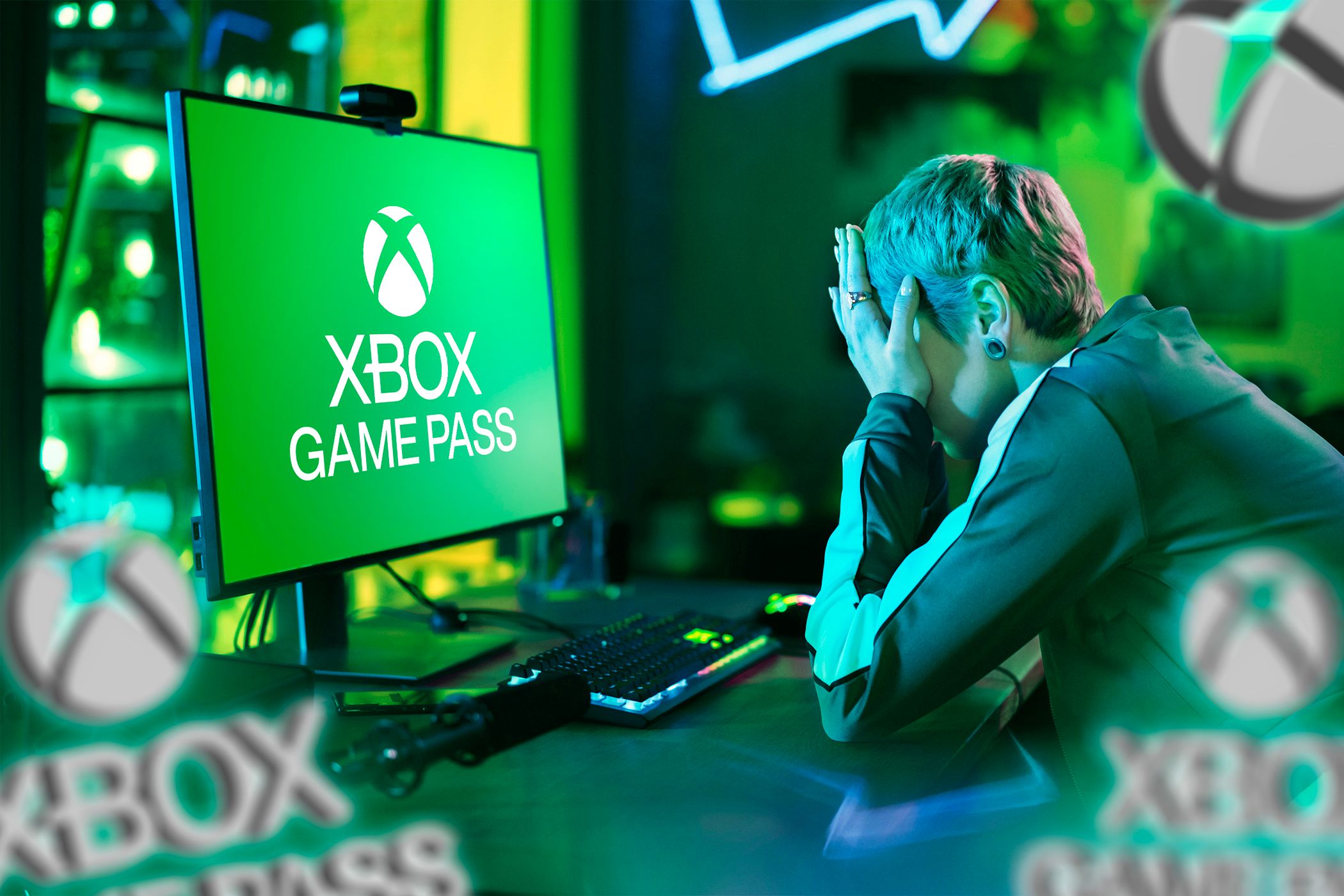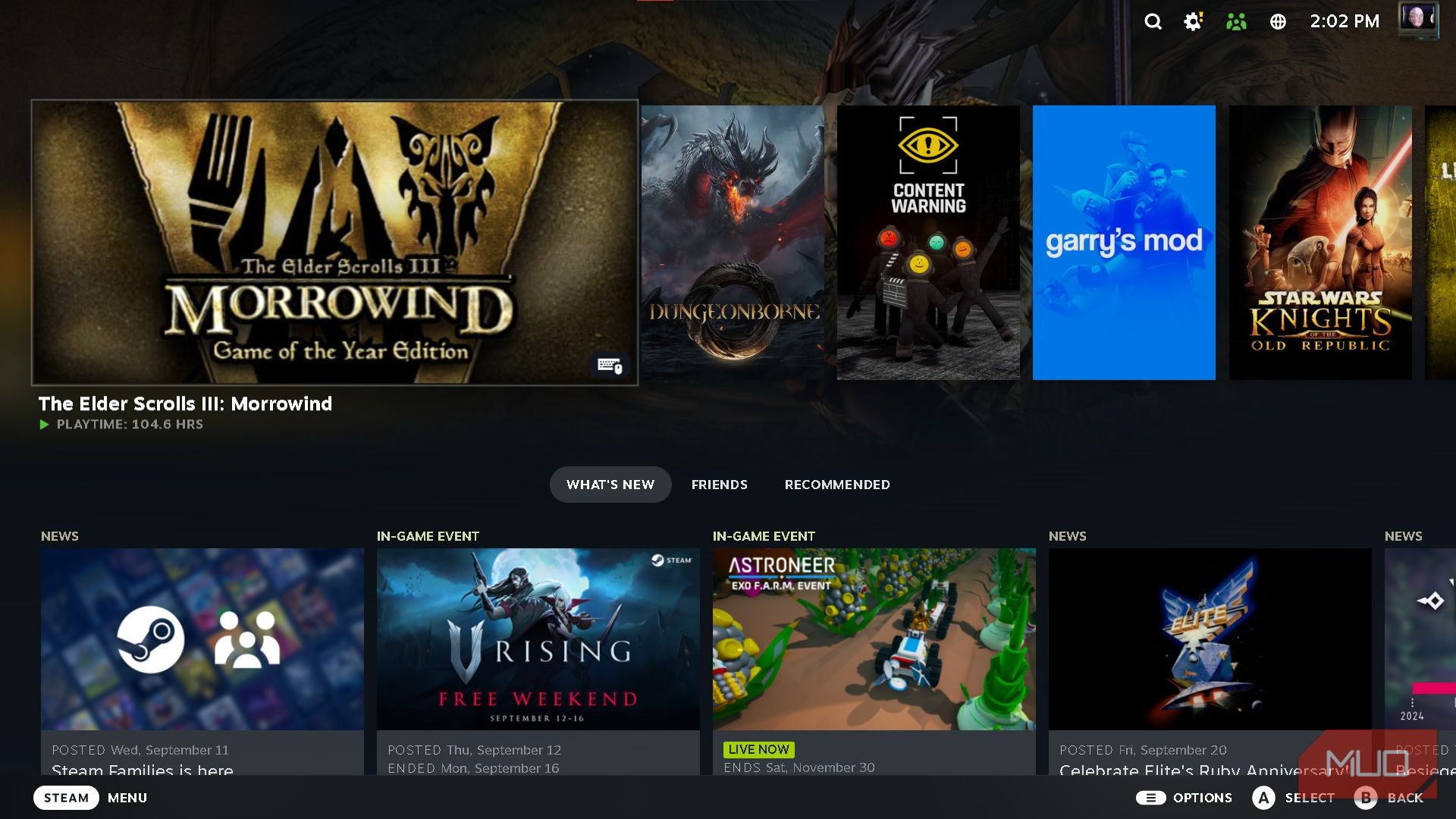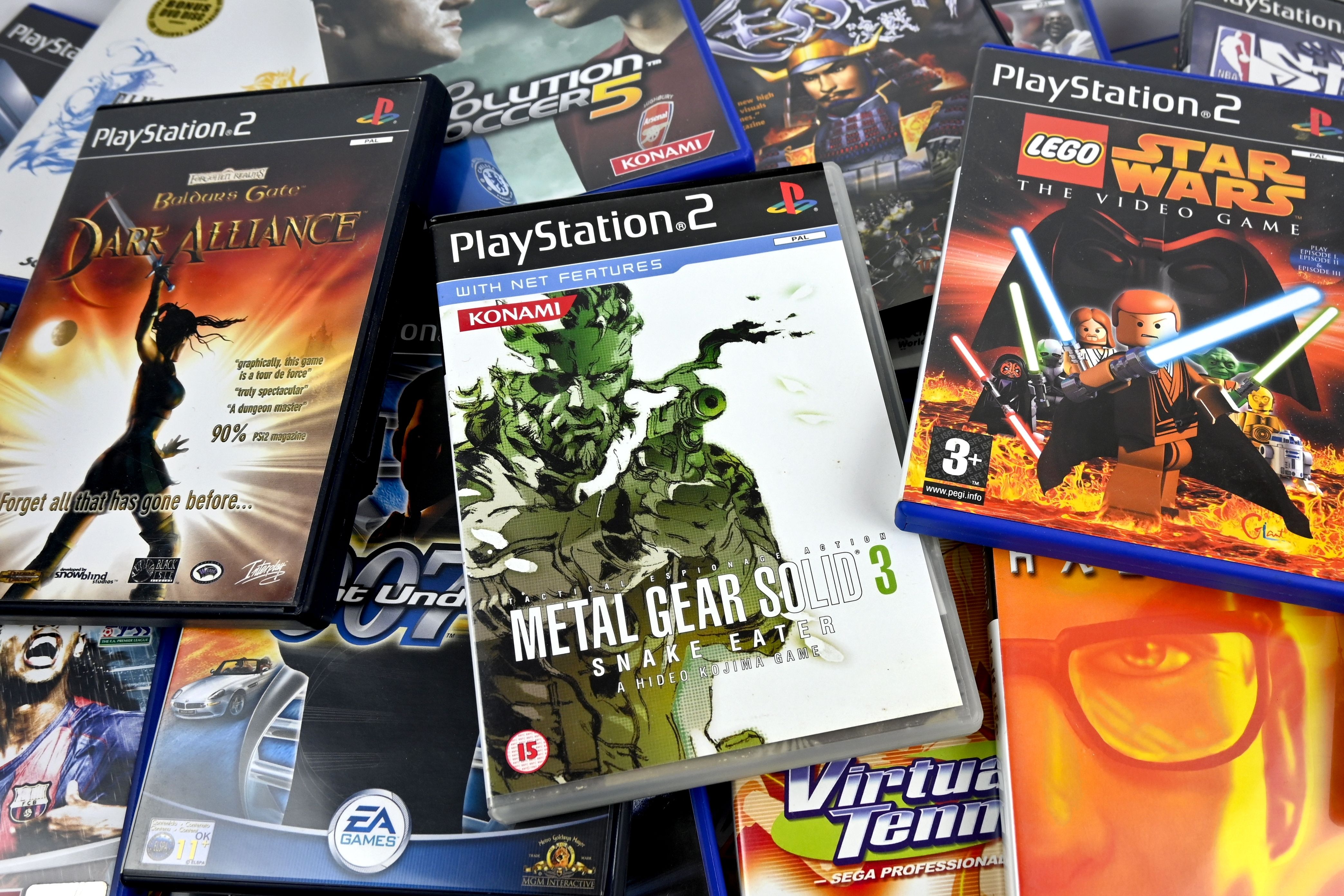Owning physical copies of your favorite games might become a relic of the past, as more and more publishers push digital-only content. Here’s why it seems like that’s the direction we’re heading — and why I have big reservations about that vision of our future.
Consoles Without a Disc Drive
Back in the day, all consoles came equipped with some sort of drive to read physical media. Whether it’s the Nintendo 64 reading cartridges or the PlayStation 4 spinning discs, all versions of these consoles were capable of reading physical media. That’s no longer true for the current console generation, as both Sony and Microsoft offer digital-only versions of their new-gen systems.
For Xbox, this comes in the form of the Xbox Series S, which doesn’t include an optical drive and is slightly underpowered compared to the Xbox Series X. For PlayStation, it’s the PS5 Digital Edition, which is just as powerful as the PS5 but can only play digital content.
What’s even more frustrating, however, is the upcoming PS5 Pro. Only one version of the PS5 Pro is available, and it lacks a disc drive — so if you want to play any physical games on the console, you need to pick up the Disc Drive (sold separately for $80). It’s part of the reason I won’t be upgrading to the PS5 Pro, though the shocking $700 price tag is enough to stay away.
The pattern of cutting out physical media is obvious. Optical drives and cartridge readers used to be a requirement for gaming consoles. Fast-forward to today, and they’re starting to feel like an afterthought. And if you’re a fan of buying and selling used games or have serious concerns about game preservation over the years, it’s a bit alarming to see what’s happening.
The Growing Popularity of Streaming Services
Love them or hate them, streaming services like Game Pass Ultimate and PlayStation Plus are wildly popular. Game Pass has amassed over 34 million subscribers as of February 2024, while all tiers of PlayStation Plus have grown to over 47 million. Becoming a member of either service gives you affordable access to a growing catalog of video games, though members don’t technically own any of the games they’re playing. End your subscription, and your access to the games is gone.
As digital services like this continue to gain momentum, they show companies that people are willing to sign up for a paid service indefinitely to play games instead of making a one-time purchase.
Many big releases are also coming to these platforms — Game Pass will provide access to blockbusters like Indiana Jones and the Great Circle, Stalker 2, and Call of Duty: Black Ops 6 — disincentivizing people to buy their own copies. After all, if you already have access to a game, why would you feel the need to buy a standalone version?
Digital Sales Continue to Grow
The video game industry has seen impressive growth over the past few decades, with estimates saying the market size was around $217 billion in 2022. Another study claims that around 95% of all gaming revenue comes from digital sources. That’s a staggering number, even if it’s skewed by mobile purchases and in-game microtransactions.
Purchasing a digital video game is convenient for shoppers. There’s no need to make the trip to your local brick-and-mortar shop to buy the game, and with much of the planet having access to high-speed internet, an entire game can be downloaded in minutes.
The convenience is nice, but it also means you won’t be able to sell your game once you’re done with it. Trading in physical games is a great way to reduce the costs of this hobby, which can be expensive if you’re picking up all the biggest releases.
Distribution Is Cheaper
Gaming companies love to cut expenses, and the distribution associated with physical video games is an absolute money pit. Before you can buy a physical game, it needs to be manufactured and shipped across the country to your local store. All of that costs money, and it certainly isn’t cheap. Of course, there are also hidden costs related to selling digital games, but it’s hard to argue it’s more expensive.
Determining the exact breakdown of costs is nearly impossible, as these expenses can vary dramatically from one company to the next. They also typically aren’t disclosed to the public. However, one estimate does show that digital video games are likely to bring more profit to their publishers than physical games, partly due to manufacturing costs and additional shares taken by retail stores. This gives them a clear incentive to prioritize digital sales.
Eliminating physical games also means the “used game” market would slowly disappear. Game makers typically don’t see any additional profit when a preowned game is sold, as that goes directly back to the retailer. Preowned games are cheaper than new games — so if someone walks into a game store and sees both a new and used version of a game, there’s a strong possibility they’ll opt for the cheaper preowned one.
When that happens, the publisher has lost out on revenue. By getting rid of physical games entirely, there’s no secondary competition — you either buy the game digitally and the publisher earns a share of the sale, or you don’t buy it at all.
No matter how you cut it, a digital-only future for gaming is a very real possibility. The loss of physical games would be unfortunate on multiple levels, including issues with preservation and less choice for consumers. But if the vast majority of gamers prefer to buy digital, and the profits are there for publishers, it seems like it’s only a matter of time before discs and cartridges disappear.
A digital-only future isn’t the end of the world, however, as there are plenty of perks to the format (namely convenience). And if the community pushes for stronger game preservation practices and companies develop a simple way to trade in digital games, then maybe an all-digital future isn’t as scary as it seems.









